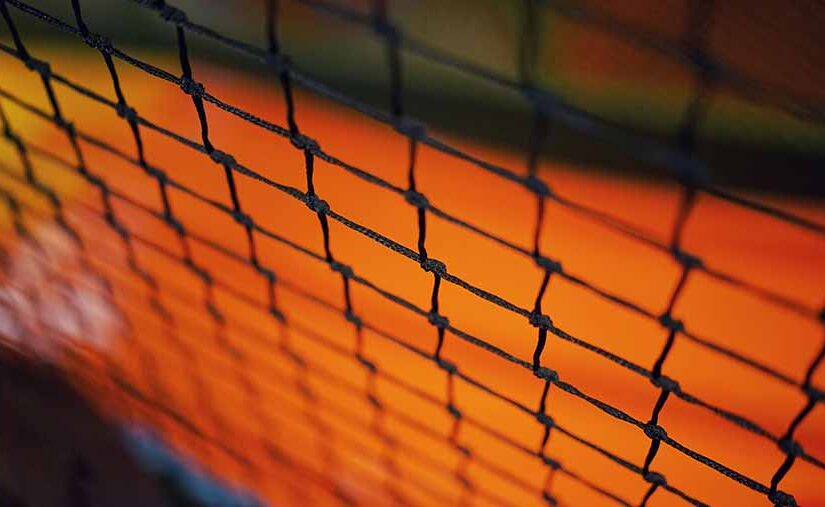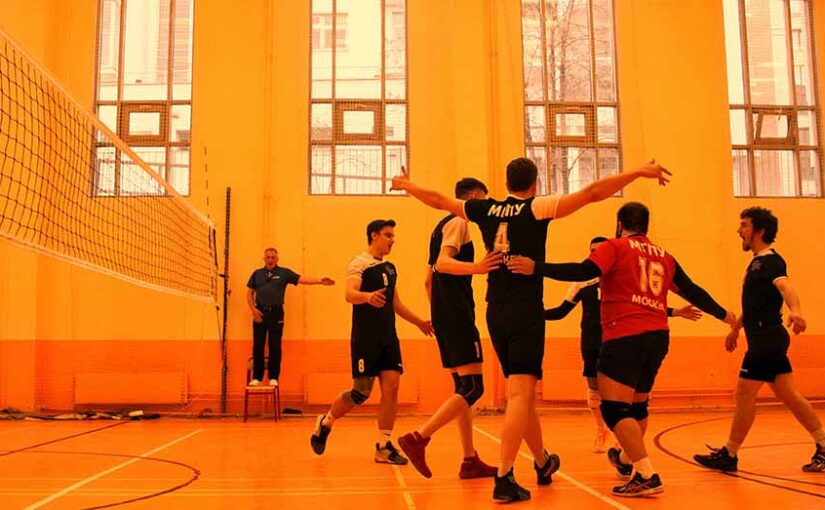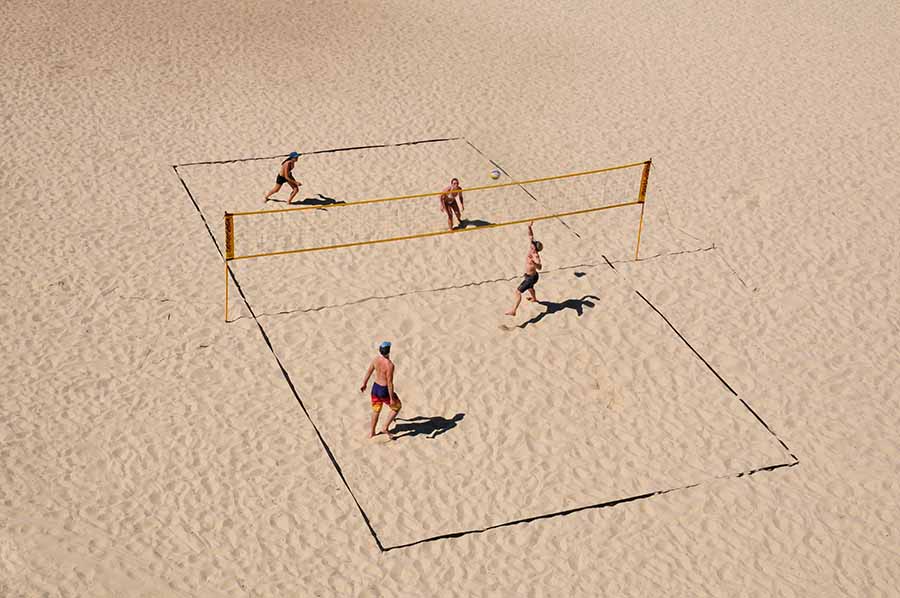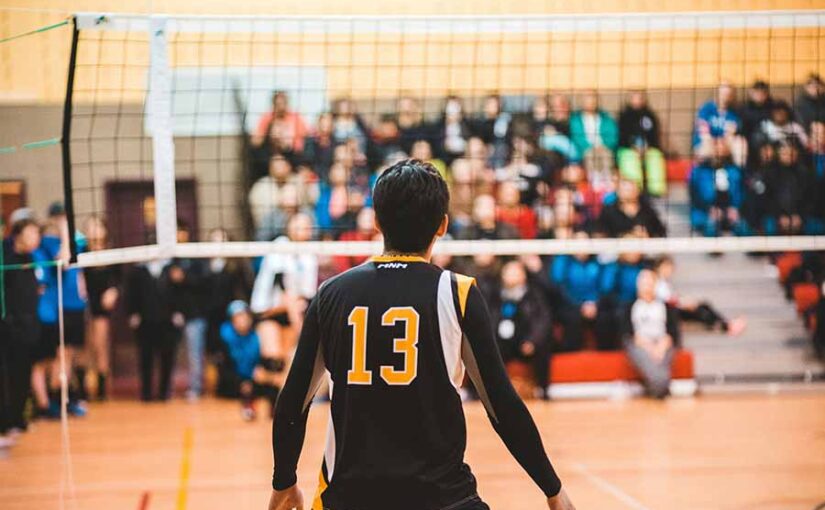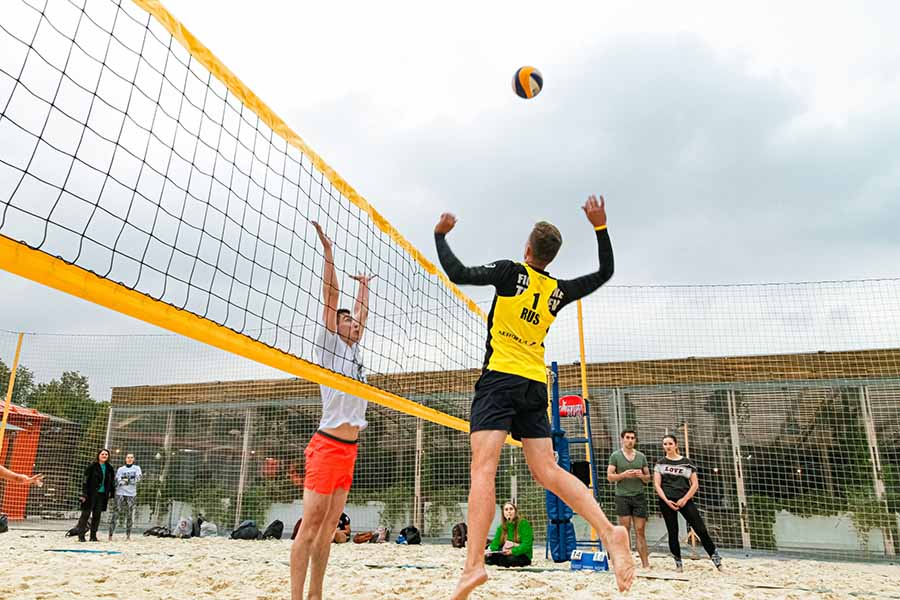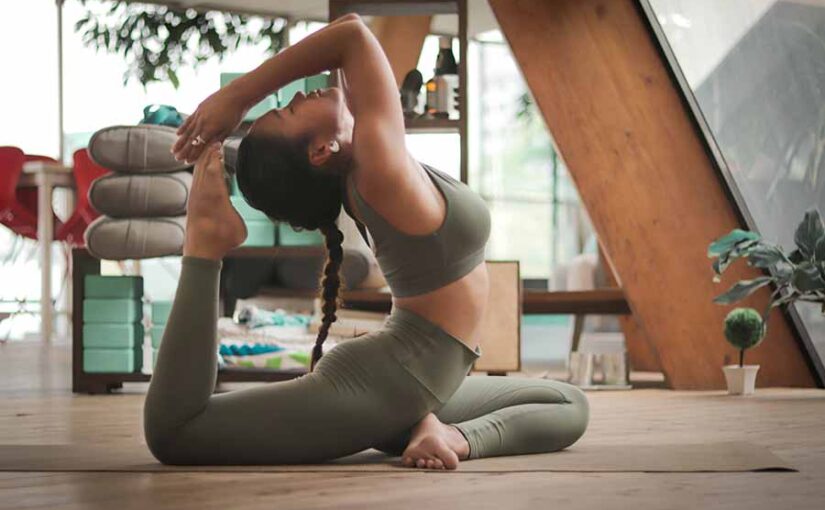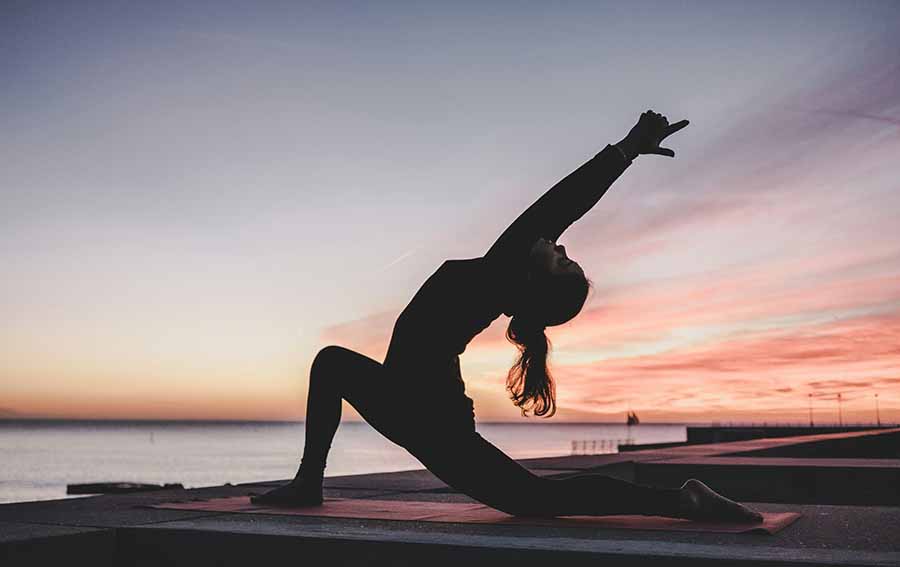The stages of learning are periods which players experience while they advances through skills. As being a coach, if you’re aware about your athletes’ level of preparedness, you could help them progress faster. There isn’t any definitive point of which a player transitions into any the stage, however descriptions help coaches understand about where players are and what level of activities they’re able to achieve.
You’ll find 4 stages of learning which happen whenever players learn about volleyball skills. Just how coaches train players must vary considerably in the opinion depending on the stage of learning the player is at.
Stages of Learning
Stage 1 and 2 – The Cognitive Stage. (An athlete is first presented to an activity or skill). Throughout the first 2 stages, a player is involved in knowing what should be learned. Drills and demos need blocked practice so that players could effectively understand what’s needed of them.
Stage 3 – Association Stage. (The athlete is concentrated on executing and refining the skill). For the duration of stage 3, the main objective is on verbal cues and motor program improvement. This particular stage is all about training while getting lots of feedback. Players needs to be centered on associating particular verbal cues together with the numerous motor patterns they’re executing.
The same as stage 1 and 2, drills and demos require more blocked practice. In my opinion, by restricting randomness, players often learn good form faster. The controlled environment enables for better feedback and much better association of the verbal cues and motor pattern.
“Part” Learning vs. “Whole” Learning
Within the stage 1 – 3, players and coaches must focus more on “part” learning vs. “whole learning as players learn to perform and understand the skill. Whole vs. part refers to how volleyball skills are taught. Do you teach the whole skill or part of the skill?

A good number of research would show that transfer takes place best whenever all of the skill are trained. This is sensible, especially when testing for the entire skill. Then again, with new players or in scenarios where you want to correct a particular area of the skill, we often disagree.
The reason why? Newer and younger athletes can’t process all the things right away. Thus “whole learning” has a tendency to end up in bad form in areas of the skill. This bad form could be difficult to correct later on while the player progress due to all of the bad reps.
Good examples I learn being a coach:
Double arm-move forward, back, forward whenever spiking versus neutral, back, forward.
Double move up, up and down on passing versus start up and low only.
Stage 4 – Autonomous Stage. (Players have discovered an automatic kind of performance of the skill).
In this stage, players are concentrated on mastering the skill. This stage focuses on watchful awareness of patterns and movements.
Players and verbal cues must mainly be centered on what athletes see. During stage 4 we often give attention to “Reading the Game,” Slowing the Ball Down,” Slowing the Game Down,” and “Dealing with Pressure,” within a game-like competitive environment which motivates a lot of quick reps such as multi-ball wash drills.
Entire learning, 6 on 6, multi-ball random practice needs to be the usual for the period of stage 4 learning.
Mini games are among the most effective ways to work on the entire skill within a competitive, game-like environment along with a greater number of contacts for each player in comparison to typical games.
In addition, the most crucial step in training any volleyball skill is assisting players develop self-awareness of what they’re doing wrong. A good method like Socratic approach to asking questions and guided discovery is the best for assisting the players achieve this result.

